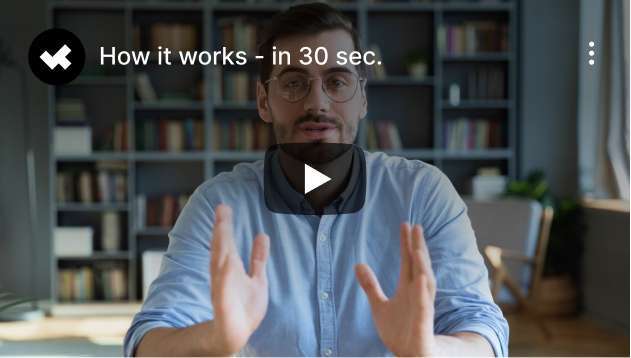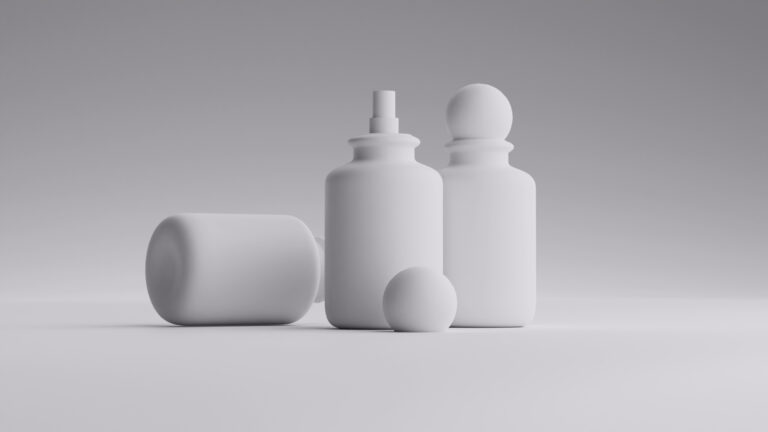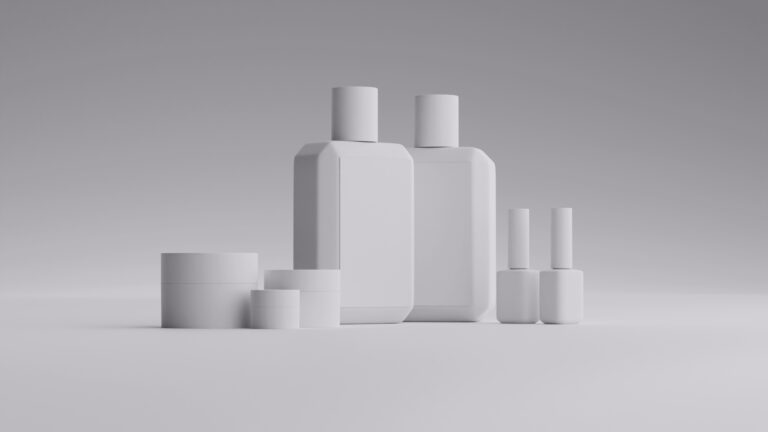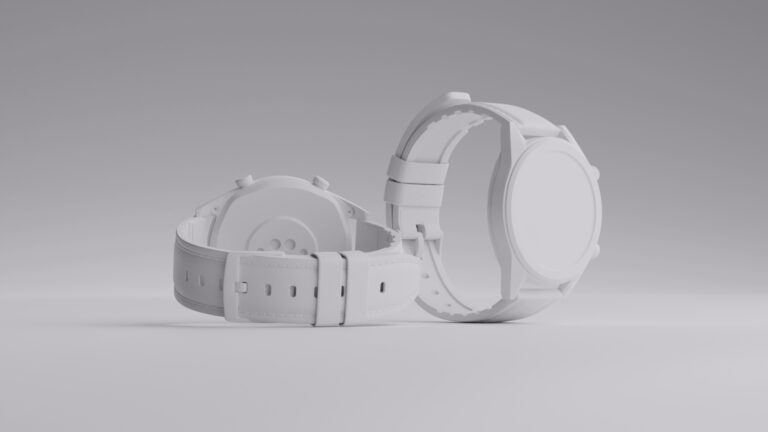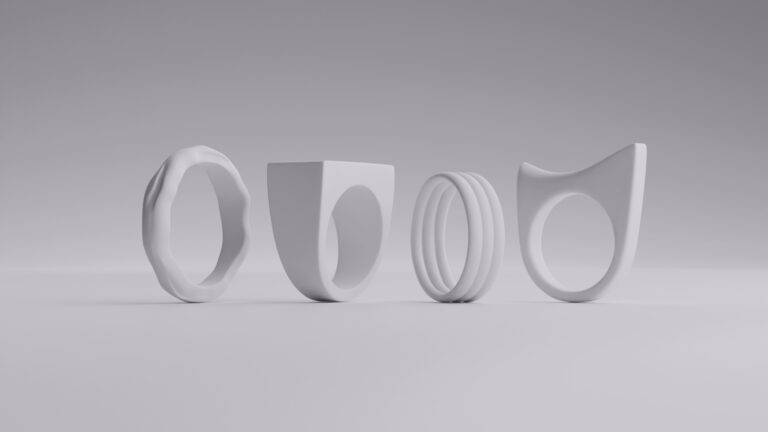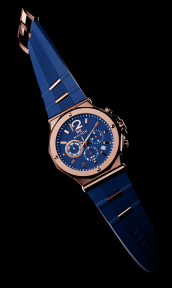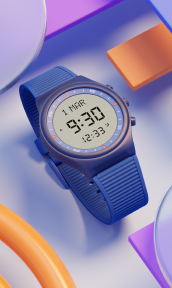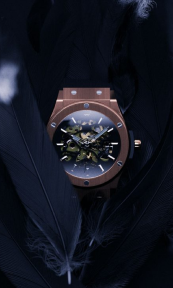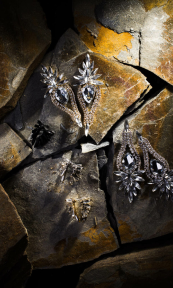If you’ve ever marveled at a perfectly animated movie or gotten hooked on a video game where the characters feel incredibly lifelike, you’ve already witnessed the magic of 3D rigging. It’s one of those behind-the-scenes arts that makes the difference between stiff, awkward animations and fluid, believable movement. But here’s the thing: rigging might seem intimidating at first, but once you break it down, it’s a game changer for anyone dabbling in animation, gaming, or digital art.
In this guide, we’re going deep into what 3D rigging really is, how it works, and why it matters. Whether you’re brand new to character rigging in 3D or you’re looking to sharpen your rigging techniques, you’ll walk away with a clear roadmap to tackle your next 3D animation rigging project with confidence. So let’s roll up our sleeves and get started.
What is 3D rigging and why does it matter?

At its heart, 3D rigging is the digital version of building a skeleton. It’s the process of creating the internal structure (bones, joints, and controls) that allows a 3D model to move in a realistic way. Without a rig, your model is basically just a lifeless statue—pretty to look at but stuck in place.
Rigging is crucial in animation
3D rigging is essential because it turns static models into dynamic, animated characters. Without rigging, all you’d have is a beautifully sculpted figure that just sits there, frozen in time. Think of your favorite animated films—whether it’s a dancing snowman, a talking toy, or a wild space adventure, all that movement starts with a rig. Rigging is what breathes life into the character, giving it the ability to act, react, and express emotion.
For example, Pixar’s films rely heavily on advanced rigging systems that allow animators to bring a huge range of emotions and physical actions to life. Take Inside Out—the characters don’t just smile or frown; they stretch, squash, and morph to show deep, layered feelings. That’s only possible because of expertly crafted rigs. Rigging handles everything from a character’s blinking eyes and fluttering eyelashes to the nuanced way their shoulders slump when they’re sad, making the animation process smooth and efficient. Even crowd scenes—where hundreds of background characters need to move believably—use simplified rigs to keep things fast without sacrificing realism.
Rigging is also what lets animators work fast and flexibly. With pre-set controls and intuitive systems, animators can test out different actions and poses without worrying about breaking the model. This saves time and allows for endless creative exploration, which is key in a fast-paced production environment.
Rigging is a backbone in gaming
In gaming, rigging doesn’t just make characters look good—it’s tied directly to gameplay. Unlike film, where every frame is pre-rendered, games rely on rigs that work in real time. The rig has to respond instantly to player inputs, meaning it needs to be fast, lightweight, and super flexible to avoid lag or glitches. Good rigging also ensures that animations transition smoothly—whether the player is climbing a wall, dodging an attack, or crouching in stealth mode.
Look at a game like The Last of Us Part II. The characters’ subtle movements, from sneaking through the grass to intense combat sequences, are made possible thanks to intricate rigging. Naughty Dog, the studio behind the game, developed a sophisticated rigging system that blends physics-based and hand-keyed animation. This allows characters to react dynamically to the environment—like shifting weight when walking on uneven terrain or recoiling realistically from gunfire. Without that high level of detail, those immersive experiences would fall flat.
And it’s not just human characters. Creatures, vehicles, and even environmental elements (like destructible objects) are all rigged to ensure they move and react in believable ways. The better the rig, the more engaging and immersive the game feels—and in a world where players expect near-photorealistic realism, good rigging can make or break a title.
Rigging matters in film and VFX
Outside of animation and games, 3D rigging plays a huge role in film and visual effects. Blockbusters often blend live-action footage with CGI, and the rigs ensure that CGI elements move in ways that match the real world. Without precise rigging, these digital creations would stick out like a sore thumb, breaking the illusion and pulling the audience out of the story.
A classic case is Jurassic Park. Those terrifying dinosaurs? Rigged to perfection so they moved convincingly and interacted seamlessly with the actors and environment. The filmmakers combined animatronics with CGI, but it was the rigging of the digital dinos that allowed for those thrilling chase scenes and close-up shots of snarling jaws. The same goes for modern Marvel movies—rigging is what allows superheroes to pull off gravity-defying stunts, like Spider-Man swinging between skyscrapers or Hulk’s massive punches shaking the ground.
Rigging also plays a key role in digital doubles—CGI replicas of actors used in dangerous stunts or de-aging effects. For instance, in The Irishman, the younger versions of Robert De Niro and Al Pacino were achieved through a mix of facial capture and detailed rigging that allowed the digital faces to mimic their performances down to the tiniest twitch. This level of realism wouldn’t be possible without advanced rigging techniques that faithfully translate human anatomy and muscle movement onto a digital canvas.
Conclusion
In short, if you’re working with 3D animation in any form—be it film, gaming, or VFX—rigging is non-negotiable. It’s the foundation that lets your creations move, breathe, and connect with the audience.
The 3D rigging process: from skeletons to muscle systems

Alright, let’s get down to the nitty-gritty: how to rig a 3D model step by step. It’s a multi-part process, and while it can get complex, breaking it down makes it a whole lot more manageable.
Skeleton creation
The first step is building a skeleton, often called an armature. This is the internal framework that gives your 3D model its bones and joints.
When you create a skeleton, you’re setting up the hierarchy of bones. For example, in a human character, you’ll build a spine, limbs, hands, feet, and fingers. Each bone is connected, so moving one affects the others—just like in real life.
In Blender or Maya, you’d use built-in rigging tools to create these bones and set their positions. The key here is to align the skeleton carefully with your model’s geometry for natural movement.
Skinning
Once your skeleton is in place, it’s time for skinning. This step binds the 3D mesh (your model’s surface) to the skeleton. It tells the software how much influence each bone has on different parts of the mesh.
Skinning is what allows a character’s knee to bend without turning into a jumbled mess of polygons. You’ll use weight painting or automatic weighting to control how the skin deforms when the bones move. This can be tricky—if weights aren’t set right, you’ll end up with ugly pinching or stretching.
A good tip? Always test with simple animations first. Bend those joints, twist the torso, and watch for any weird deformations. Fixing issues early saves you headaches down the line.
Adding controllers
With bones and skin in place, it’s time to make life easier for animators by adding controllers. Controllers are user-friendly handles that let you move and pose the rig without directly manipulating the bones.
For example, you might create a circle control around a character’s wrist, so animators can easily rotate or move the hand. You can also set up inverse kinematics (IK) systems, where moving the hand or foot automatically positions the entire limb.
Controllers keep things tidy and intuitive, speeding up the animation process and reducing errors.
Facial rigging
Facial rigging is its own beast and requires a whole different level of finesse. Here, you’ll create bones or blendshapes to handle expressions—everything from blinking and smiling to subtle eyebrow raises.
A well-rigged face is key to conveying emotion. Just look at characters like Elsa in Frozen—her ability to express fear, joy, or sadness so vividly all comes down to expert facial rigging. You can use bones, morph targets, or a mix of both, depending on the complexity of your character.
Muscle systems
For characters that need super realistic movement—like bodybuilders, animals, or creatures—you might want to add muscle systems. These simulate how muscles stretch, contract, and slide under the skin.
Programs like Maya offer built-in muscle systems that give your characters extra realism, especially during exaggerated poses. It’s more advanced and requires extra setup, but the payoff is worth it if realism is your goal.
From skeletons to advanced muscle rigs, each part of the 3D rigging workflow plays a crucial role. Nail each step, and you’ll have a rig that’s not only functional but a joy to animate.
Why mastering 3D rigging is worth it

If you’re serious about leveling up your 3D skills, mastering rigging is one of the smartest moves you can make. Here’s why.
It boosts animation quality
A well-rigged character moves like a dream. Whether you’re creating a simple walk cycle or an epic fight scene, good rigging ensures smooth, believable movement.
When rigs are sloppy, animators have to fight the system every step of the way. But when rigs are clean and intuitive, animators can focus on performance and storytelling. This makes your final product polished and professional.
It opens up career opportunities
Rigging is a specialized skill that’s in high demand. Studios are always on the lookout for talented riggers who can bridge the gap between modelers and animators.
Whether you’re freelancing or aiming for a full-time gig, being able to rig well sets you apart. You’ll find opportunities in gaming, film, advertising, and even virtual reality. Learning rigging also makes you a better animator, because you’ll understand what’s happening under the hood.
It sharpens your problem-solving skills
Rigging is like a puzzle. You’re constantly figuring out how to make things move realistically and efficiently. This sharpens your technical and creative thinking, which pays off across all areas of 3D work.
For example, you might rig a fantasy creature with six legs and wings. That’s not something you can reference from real life, so you’ll need to get creative to make it look natural. These challenges keep your skills fresh and your work exciting.
Conclusion
Mastering rigging isn’t just about making things move—it’s about unlocking your full creative potential and opening doors to exciting new projects.
Why CGI photography is a game changer for 3D animation

Now that we’ve covered the ins and outs of rigging, let’s talk about the bigger picture: how to bring your 3D animations to life in the most effective way possible. Enter CGI photography.
It cuts costs
Traditional photography and film shoots can drain your budget fast—think locations, equipment, talent, and endless reshoots. CGI photography lets you create stunning visuals without any of those overheads. There’s no need to rent expensive studio space or hire large teams to get that perfect shot.
Once your 3D assets are rigged and ready, you can drop them into any scene, adjust lighting and angles on the fly, and get exactly the shot you want. No extra fees, no unexpected delays. And the best part? You can reuse your assets over and over again, making small tweaks for different campaigns or projects. For example, an e-commerce brand can shoot an entire product line digitally and roll out new seasonal campaigns without setting foot in a studio again.
It speeds up production
CGI photography is fast. Need a last-minute change? No problem. Instead of rescheduling a whole shoot—which could mean waiting weeks—you can tweak things digitally and keep the project moving smoothly. There’s no need to wait for shipping samples or build elaborate sets when everything is handled digitally.
This is especially useful in e-commerce and advertising, where time-to-market is critical. A faster workflow means you can meet tight deadlines without sacrificing quality. Say your client decides they want a new color scheme or a different angle at the eleventh hour—CGI lets you make those changes with zero fuss, saving you stress and keeping production on track.
It gives you full creative control
With CGI photography, you’re not limited by physical constraints. Want a product floating in mid-air? No problem. Need a fantasy backdrop that doesn’t exist in real life? Easy. CGI gives you complete freedom to build the exact scene you have in mind, with precise control over every element—from texture and lighting to reflections and shadows.
This freedom opens up endless possibilities for creative storytelling, making your work stand out in a crowded market. You can create impossible perspectives, hyper-detailed close-ups, or surreal environments that would be too costly (or just plain impossible) to shoot in real life. Whether you’re showcasing a sleek tech gadget or a glamorous beauty product, CGI photography helps you push boundaries and wow your audience.
If you’re curious about how CGI photography can transform your next project, Welpix has got you covered. Our team of skilled artists is ready to partner with you and bring your creative vision to life—no limits, just results.
Wrapping up
We’ve taken a full journey through the world of 3D rigging—what it is, why it matters, and how to master the process from skeleton building to advanced muscle systems. Rigging is the secret ingredient that brings static models to life, whether you’re crafting the next hit video game, a blockbuster movie, or an eye-catching ad. When you combine solid rigging techniques with smart tools like CGI photography, the possibilities really are endless.
CGI photography doesn’t just save money and time—it opens up a whole new world of creative control. Together, rigging and CGI give you the power to tell richer stories, create stunning visuals, and push your projects further than you ever thought possible. And if you’re ready to explore what CGI can do for your brand or project, Welpix is here to help every step of the way. Let’s make something extraordinary together.
FAQ
How do I start learning 3D rigging?
The best way to start is by choosing a tool like Blender or Maya and following a beginner-friendly 3D rigging tutorial. Practice simple rigs first, like a bouncing ball, before moving on to characters.
What’s the hardest part of 3D rigging?
Many artists find skinning the trickiest part, especially when it comes to making joints bend naturally. Patience and lots of testing are key.
Can I rig a 3D model without coding?
Absolutely! Most modern 3D software offers visual tools that let you rig without writing a single line of code. However, learning a bit of scripting can give you more control down the line.
Do I need a powerful computer for 3D rigging?
While you don’t need a top-tier machine to start, rigging and animation can be resource-intensive. A computer with a good GPU and plenty of RAM will make your life easier.
What’s the difference between rigging and animation?
Rigging is about building the structure that allows a model to move. Animation is about creating the actual movements using that rig. Think of rigging as building a puppet, and animation as making it dance.







